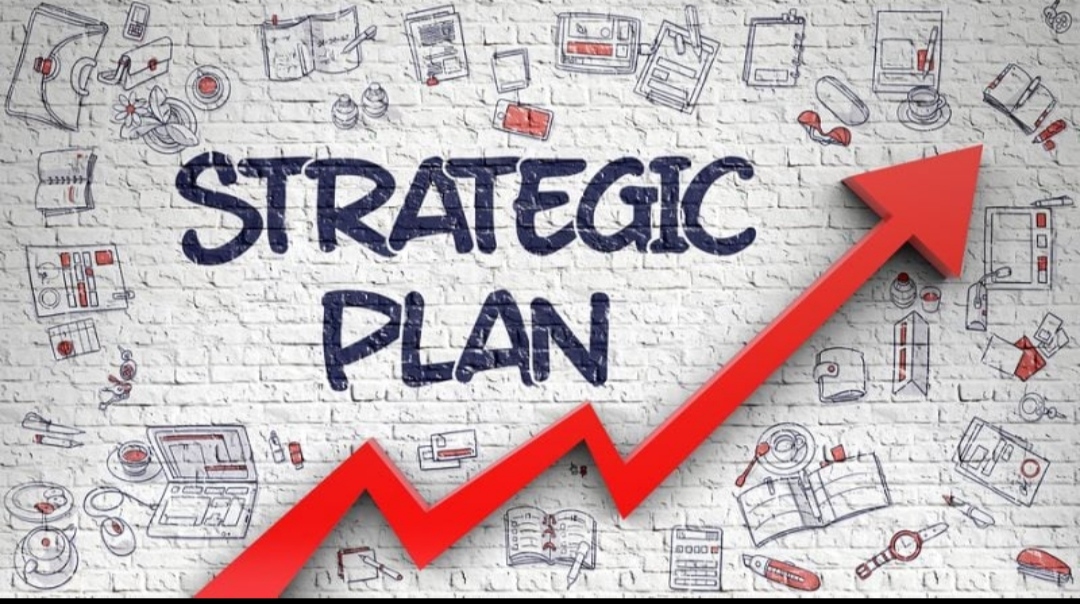Starting a project without a strategy is like trying to bake a cake without a recipe — you might have all the ingredients you need, but without a plan for how to combine them, or a vision for what the finished product will look like, you’re likely to end up with a mess. This is especially true when working with a team — it’s crucial to have a shared plan that can serve as a map on the pathway to success.
Creating a strategic plan not only provides a useful document for the future, but also helps you define what you have right now, and think through and outline all of the steps and considerations you’ll need to succeed.
What is strategic planning?
While there is no single approach to creating a strategic plan, most approaches can be boiled down to five overarching steps:
1.Define your vision
2.Assess where you are
3.Determine your priorities and objectives
4.Define responsibilities
5.Measure and evaluate results
Each step requires close collaboration as you build a shared vision, strategy for implementation, and system for understanding performance.
Why do I need a strategic plan?
Building a strategic plan is the best way to ensure that your whole team is on the same page, from the initial vision, to the metrics for success, to evaluating outcomes and adjusting (if necessary) for the future. Even if you’re an expert baker, working with a team to bake a cake means having a collaborative approach and clearly defined steps, so that the end result reflects the goals you laid out at the beginning.
Here’s how to build and structure your strategic plan, complete with templates and assets to help you along the way.
1. Define your vision
Whether it’s for your business as a whole, or a specific initiative, creating a strategic plan means you’ll need to be aligned on a vision for success.
For example: We are going to revolutionize customer success by streamlining and optimizing our process for handling support tickets. It’s important to have buy-in across the board, so that all stakeholders know the overall objective and understand the roles they will play in realizing your goals.




